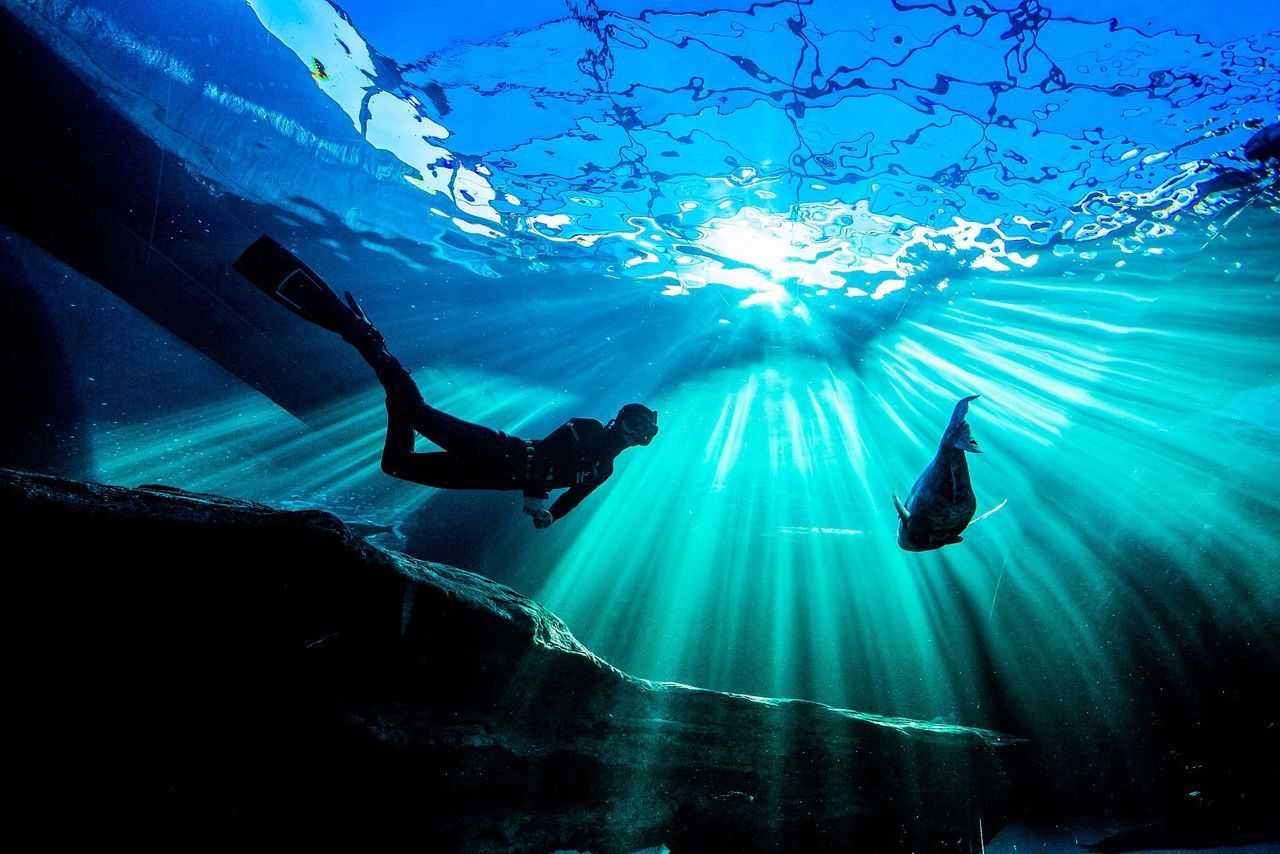Buoyancy for divers
For most of us, our first experience with buoyancy came in a swimming pool, where we quickly realised that holding our breath caused us to stay afloat, and releasing deep breaths caused us to sink. When it comes to scuba diving, controlling buoyancy is one of the most important skills to learn - and it is even more important for animals that live a marine lifestyle!
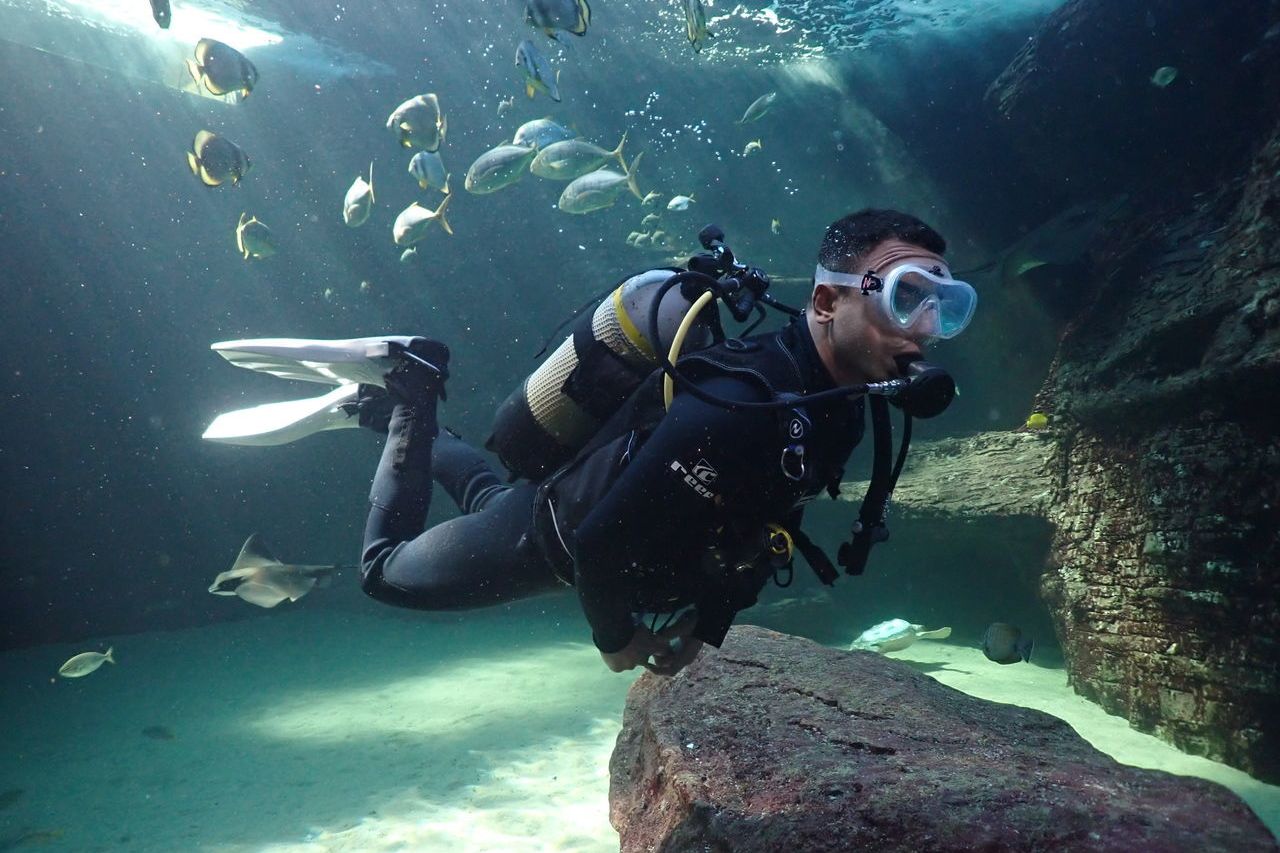
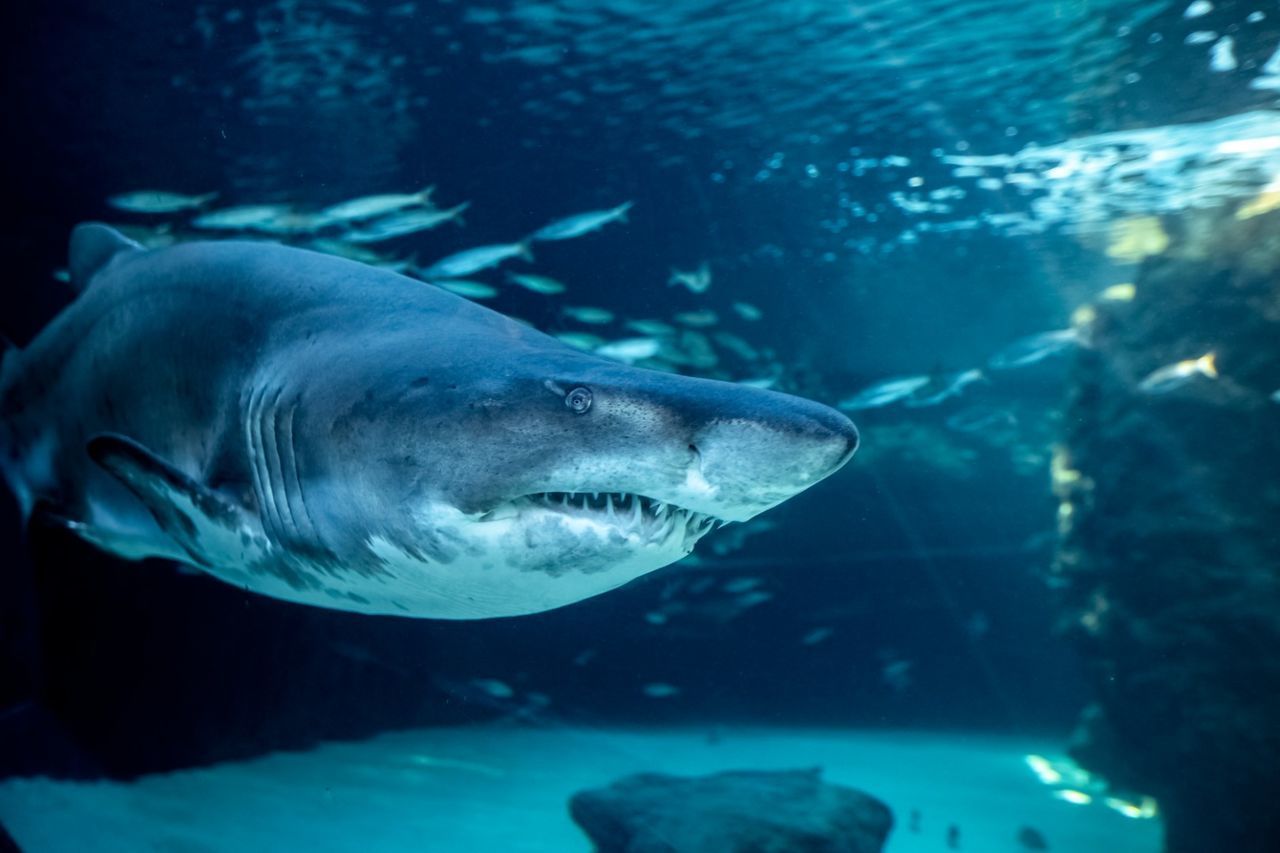
We can think of three types of buoyancy: Positive buoyancy (causing objects to float), negative buoyancy (causing objects to sink), and neutral buoyancy (allowing objects to hover somewhere between the bottom and the surface of the water). These effects are all related to the density of the object compared to the water it is in - which is why humans, made mostly from water, are roughly neutrally buoyant!
When a scuba diver puts on lots of heavy equipment, often filled with gasses and air bubbles, this affects their buoyancy and is why it is so crucial that they learn to control it. Divers use weights to counteract the positive buoyancy of their equipment, but this is only a partial solution as changing pressure in the water compresses gas bubbles in their wetsuits and gear. For this reason, scuba divers have to rely on special devices to compensate as they descend.
What is a Buoyancy Control Device (BCD)?
A buoyancy control device (BCD) does exactly what the name suggests - it provides divers with underwater control and ensures that divers are able to regulate their body movements in an environment where it would be otherwise near-impossible. Among many other pieces of equipment, the Two Oceans Aquarium gratefully receives BCDs from our partners, Divetek, who specialise in scuba diving equipment.
As a diver descends and the air bubbles in their wetsuits compress, making them more negatively buoyant, the diver can inflate an air bladder inside their BCD to bring them to a state of neutral buoyancy. For a skilled diver, this means that they can "hover" close to the seafloor without touching it, and with minimal effort.
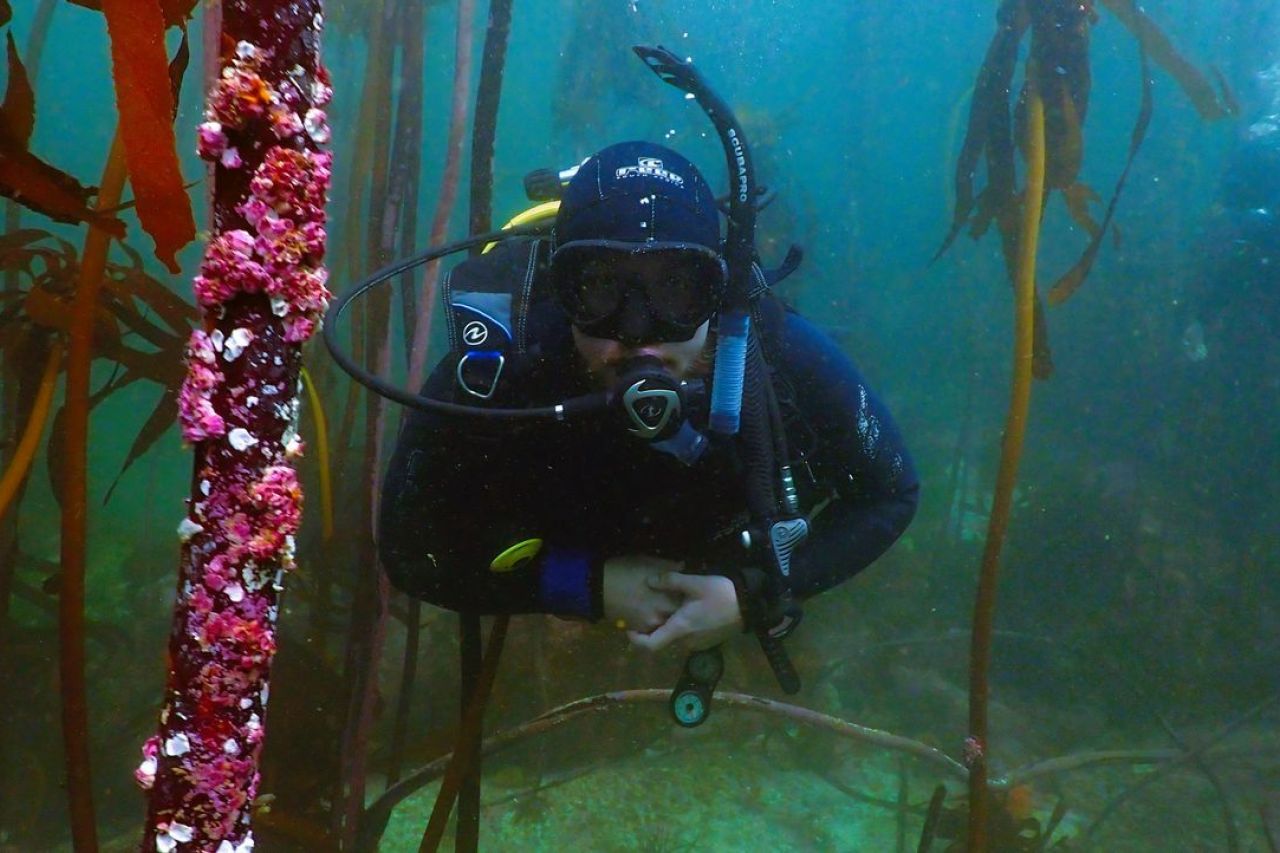
When a diver ascends towards the surface and the water pressure gets lower, air bubbles, like those inside the BCD and wetsuit expand - this causes the diver to become positively buoyant. If this isn't controlled, it can lead to an uncontrolled ascent to the surface, which is a potentially very dangerous situation for the diver to find themselves in. Fortunately, the BCD again provides the solution by allowing divers to release the air and return them to neutral buoyancy again.
Weights play an important role for a diver's buoyancy too, but are not intended to be used as a control device - learn more about why weights are important here.
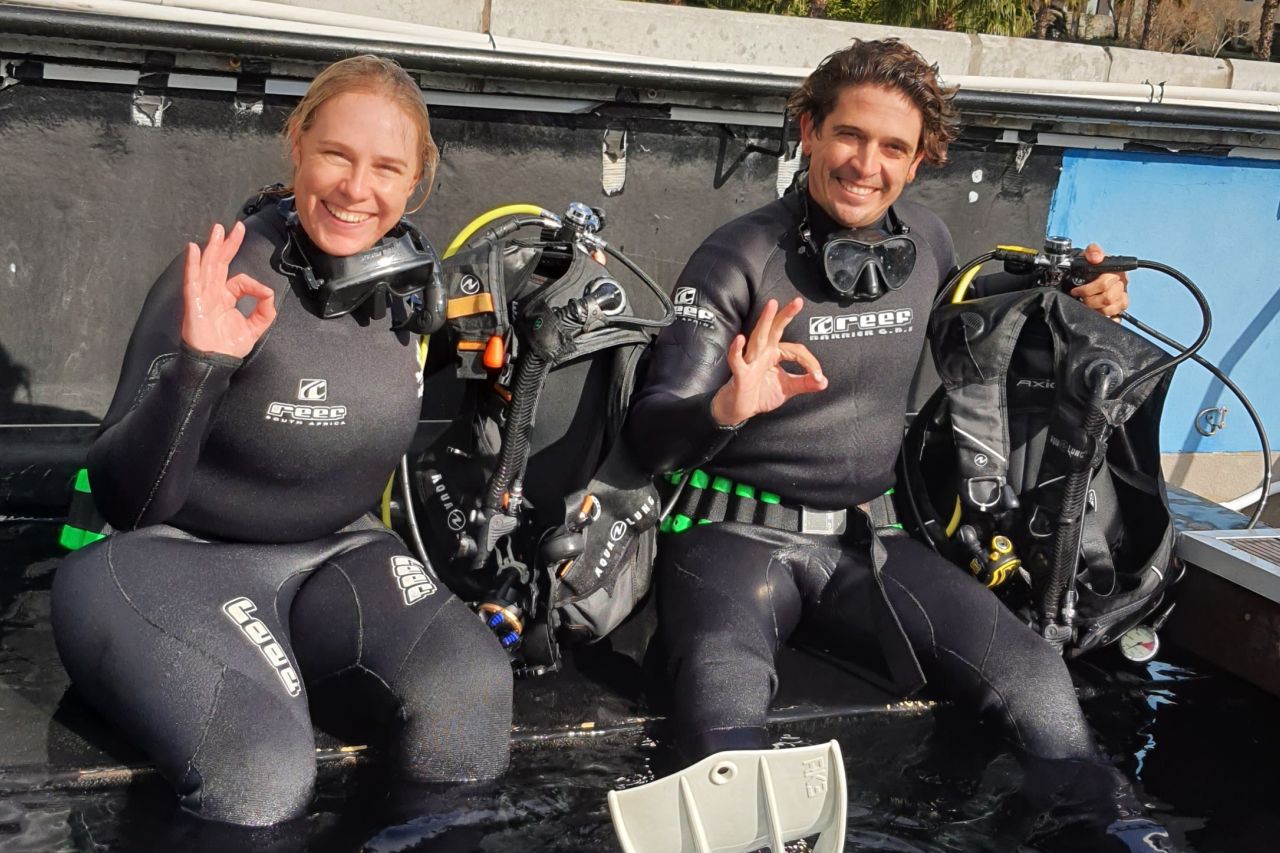
A huge thank you, again, to Divetek, who generously supplies the Two Oceans Aquarium with diving equipment to ensure that staff are able to fulfill their underwater tasks with ease!
How is this different from buoyancy in animals?
Yes - buoyancy is a crucial aspect of scuba diving for us humans, but for marine animals, buoyancy, or a lack thereof, is even more important. The muscles and bones of marine animals are denser than the seawater they inhabit, meaning that if they do not have adaptations that make them more buoyant, they will naturally sink. All marine animals need some way to overcome this, and the methods they use are often related to whether the live permanently underwater (eg. a fish) or partially on land or the surface (eg. seals).
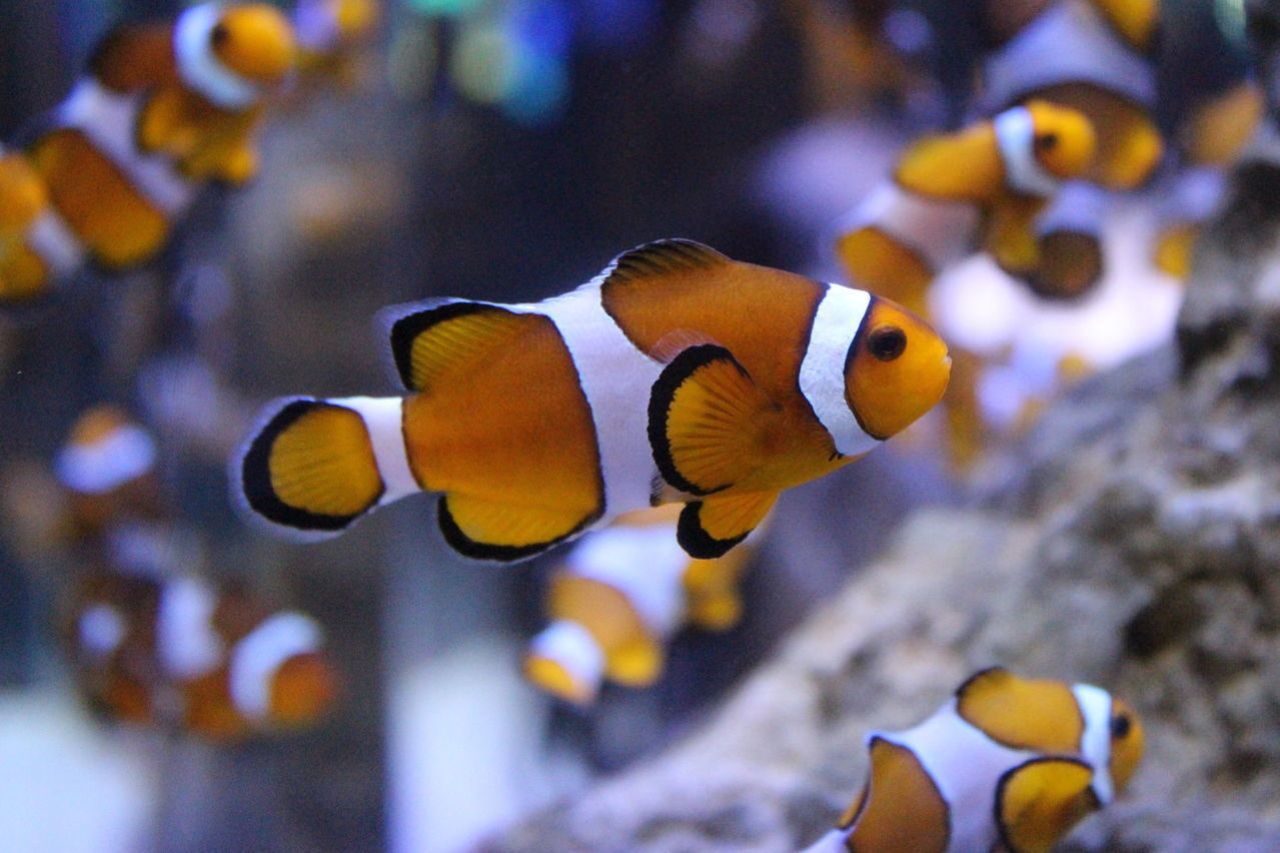
One of the methods used by marine animals to compensate for a lack of buoyancy adaptations is referred to as hovering. This is when animals constantly swim to ensure that they do not sink, and although it is much easier for smaller animals to hover, larger animals simply need to swim slightly faster than their sinking speed to successfully implement this method. As you can imagine, this is quite an energy intensive process!
Another method, famously adopted by sharks, is using fins as hydrofoils. Hydrofoils are used to create force by pushing against bodies of water, allowing animals to propel through. This technique is a lot more effective for fast-swimming animals..
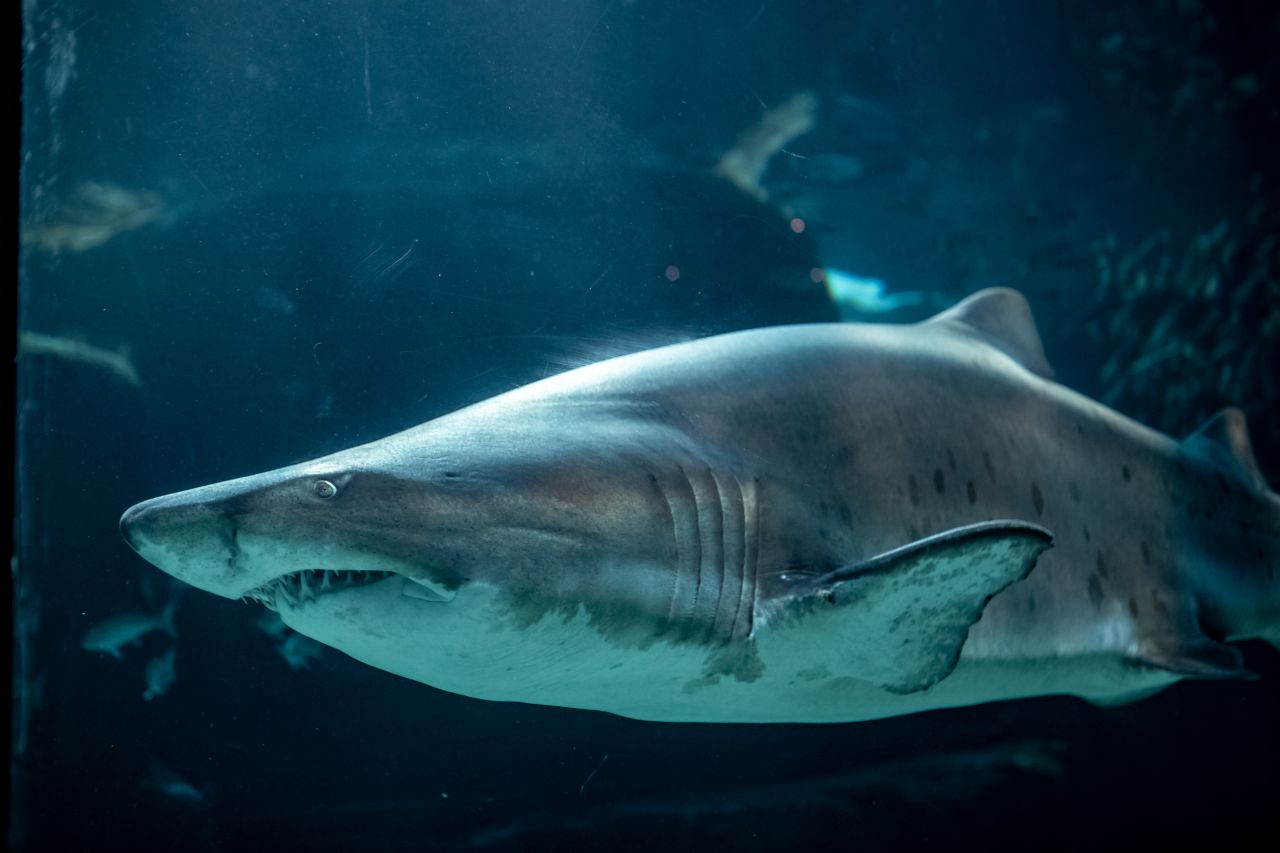
Perhaps most crucially, many marine animals develop special organs to compensate for their heavy bones and muscles. Sharks have large, fatty livers that are less dense than water. Many fish have an organ called a swim bladder that they fill with gases (ragged-tooth sharks mimic this by swallowing air at the surface). Some animals remove the problem entirely by evolving tissues that are very similar to the density of water (eg. jellyfish). And some animals have developed ways of mimicking the functions of a BCD, like some whales that are able to collapse their lungs to help descend.
Whatever the method, buoyancy is quite crucial and definitely impacts the behavior and environments that animals are able, or unable, to inhabit.
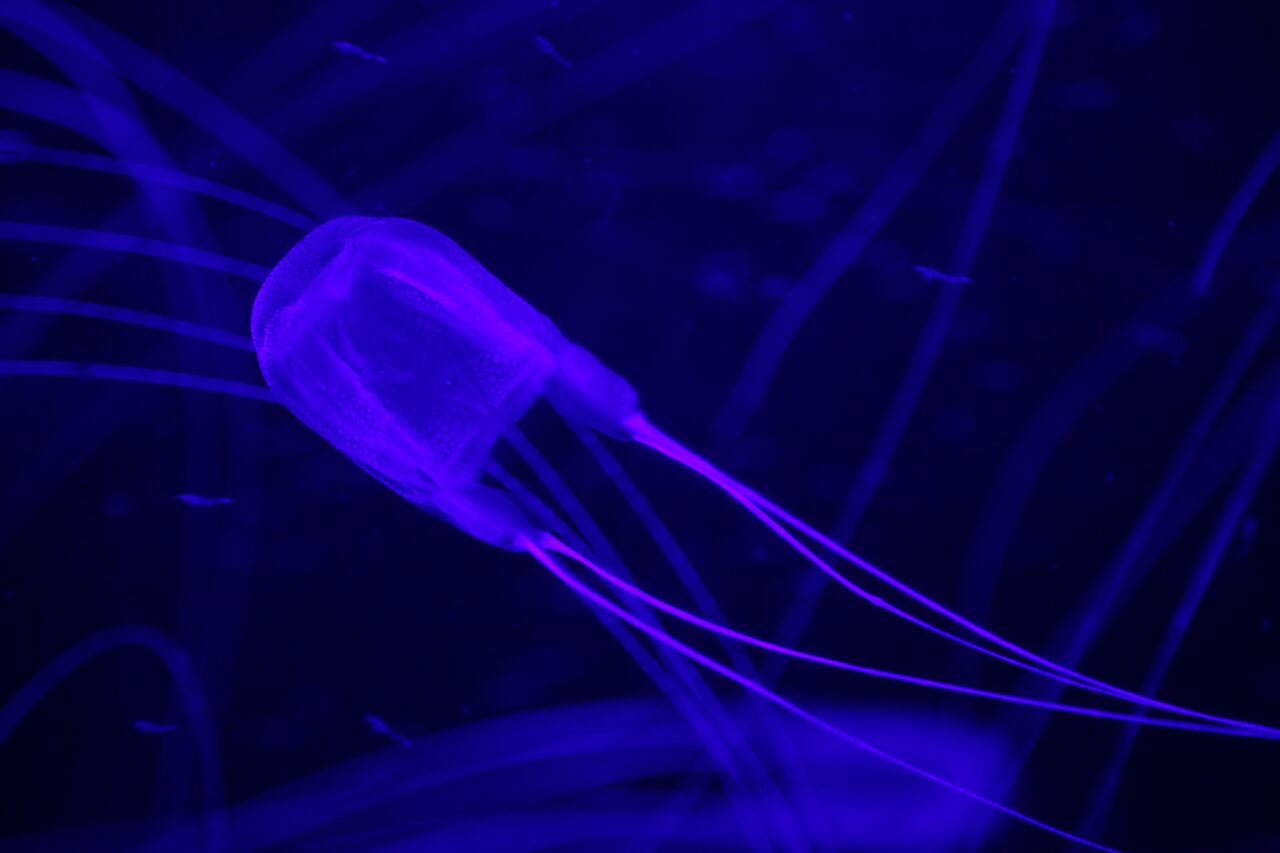
It's clear that whether it's in the case of divers or animals, buoyancy is a huge contributing factor when it comes to occupying large bodies of water. For animals, understanding their level of buoyancy will come naturally, but if you're an aspiring scuba diver though, we suggest you get this skill on lock!
Related News
Sign up to our Newsletter
Receive monthly news, online courses and conservation programmes.
